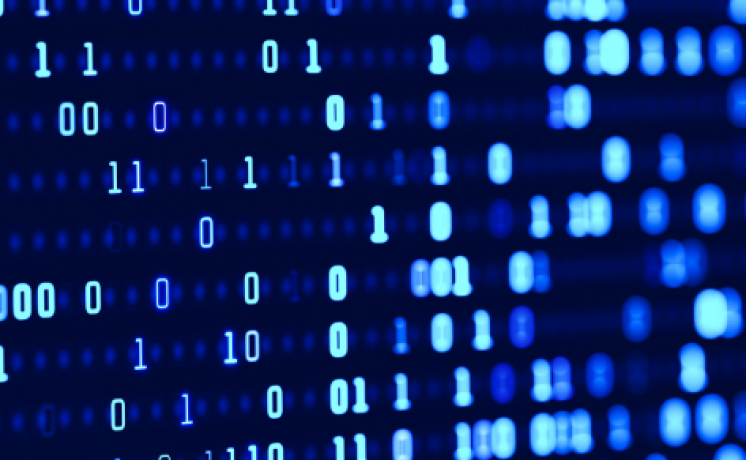The term nor the concept of “unique device identification” existed before 2002.
It is hard to imagine that, what I started in 2002 as an idea to better identify the specific medical devices potentially involved in adverse events, has – over the past nearly 15 years – become the globally recognized and accepted concept of Unique Device Identification – or UDI. There were of course other concerns to address – the better identification of devices subject to a recall, availability of devices for public health emergency response, supporting anti-counterfeiting efforts, and the need to identify devices specifically in the emerging Medical Device Epidemiologic Network (MDEpiNet). But the beginning was focused on knowing specifically which device was potentially involved in an event – and having quality information about the manufacturer and the brand name – and other important information – such as how the device was on the market (e.g., its 510k or PMA number). It is hard to imagine now that we didn’t have this already.
UDI and GUDID In Review
And now looking back – it is amazing what the past 15 years has brought us. A bit more than a decade was spent working with the vast number of stakeholders to understand how UDI (and GUDID) could work and what could be its benefits – and developing what is now the UDI regulation and its associated Global UDI Database (GUDID). And though we all thought that we understood a lot – in reality, that was just the beginning. Since the publication of the final rule on September 24, 2013 – we have, sometimes painfully, continued to learn and evolve our understanding of both UDI and how it could or should work for the VERY broad (and diverse) array of medical products regulated as devices (including combination products and HCT/Ps) – and, more maybe interestingly, to address the myriad of issues that, while not directly related to UDI, sometimes significantly affect how UDI can or should be implemented.
We also realized very early on that the ultimate objective was not a US based UDI system (as we have for example with pharmaceutical products with the NDC) – but rather a GLOBAL system that allowed us to have visibility across the global supply chain and be able to easily share data about the safe and effective use of devices globally. And now we are starting to realize that vision – we have the EU MDR/IVDR and its UDI requirements – as well as many other countries and regulators looking to leverage UDI to address a host of other safety, cost, and access issues. In subsequent posts we will address both the specific (e.g., labeler, accessories, kits) and the broad (master data management, GUDID, global regulatory convergence/harmonization). We look forward to the conversation and welcome any feedback or thoughts about topics.
Watch this short clip from a recent webinar discussing the global UDI landscape.
>>Watch the full-length on-demand webinar, UDI Beyond Borders
In this highlight video, see a sneak peek of Jay Crowley discussing CE Marking.
About the Author
Jay Crowley is the Vice President of the UDI Services and Solutions at USDM Life Sciences. Jay was most recently Senior Advisor for Patient Safety in the Food and Drug Administration’s Center for Devices and Radiological Health. Jay developed the framework and authored key requirements for FDA’s Unique Device Identification system.
About USDM Life Sciences
USDM Life Sciences is a global life science and healthcare services company, providing strategy and compliant technology solutions to regulated industries. If you work in Life Sciences or Healthcare, partnering with USDM Life Sciences makes it easy to accelerate innovation and maximize productivity. USDM Life Sciences only focuses on regulated industries and has built trusted partnerships with the most innovative technology companies in the world, and boast a staff of industry leading experts in the areas of technology and compliance.





There are no comments for this post, be the first one to start the conversation!
Please Sign in or Create an account to join the conversation